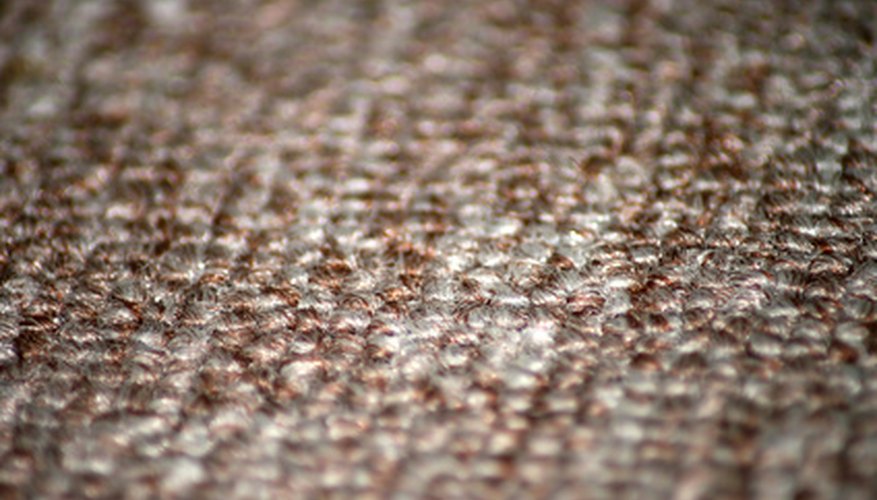It's sometimes easier to lay new carpet on old carpeting instead of trying to remove it. This is especially true when old carpeting is really stuck to the floorboards. Also, you won't require a pad if you install new carpeting over existing carpeting.
Examine the existing carpet's backing. Cover jute-backed carpeting with both carpet padding and carpet. Cover rubber-backed carpeting only with new carpeting, as the old carpet will serve as the pad.
- It's sometimes easier to lay new carpet on old carpeting instead of trying to remove it.
- Cover rubber-backed carpeting only with new carpeting, as the old carpet will serve as the pad.
Thoroughly steam-clean the existing carpeting to remove dirt, mould, stains and other deposits. A completely clean carpet is necessary before proceeding.
Remove 2 inches of carpeting from each side with a razor knife to create room for a replacement tack strip. If replacing a jute-backed carpet, install the tack strip directly over the old carpet rather than removing the border.
Lay down the replacement tack strip. Secure in place using hammer and concrete nails. Use longer concrete nails to secure a secondary tack strip over the original if you're not removing a border of carpeting before this step.
Roll out your materials. If covering jute-backed carpet, install a layer of carpet padding first. Otherwise, simply roll the carpeting out over the room, covering the tack strips.
- Remove 2 inches of carpeting from each side with a razor knife to create room for a replacement tack strip.
- If covering jute-backed carpet, install a layer of carpet padding first.
Stretch the carpet layer to completely cover the floor without folds or raises. Spot glue the new carpeting to the old for a secure fit.
